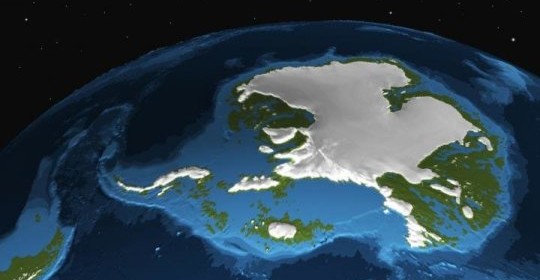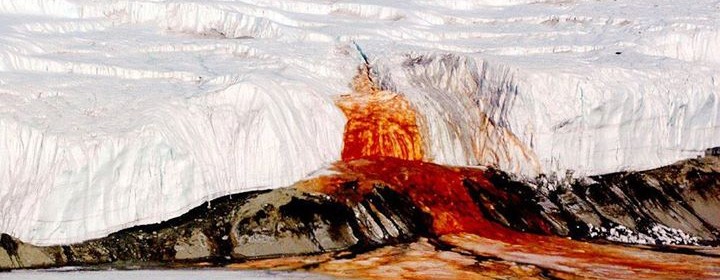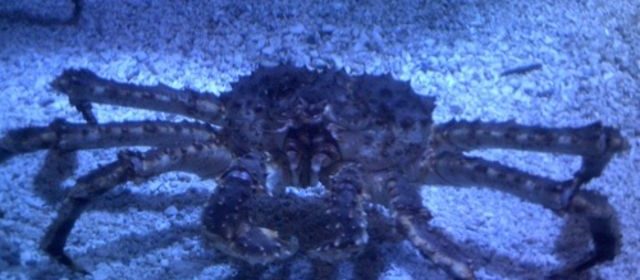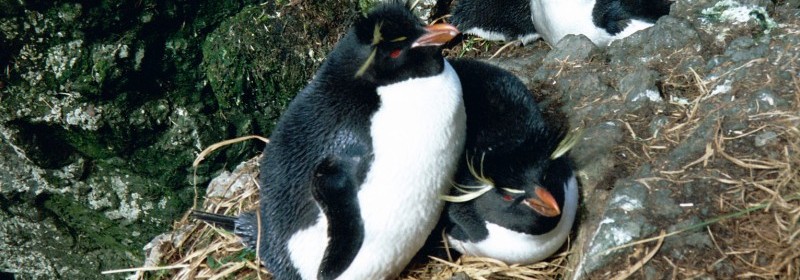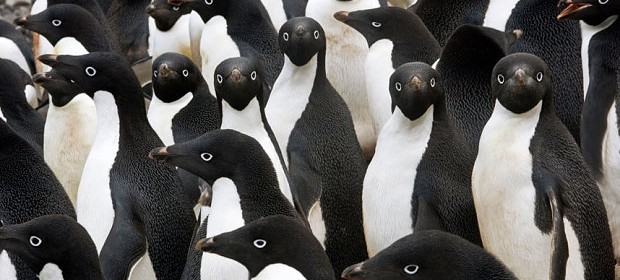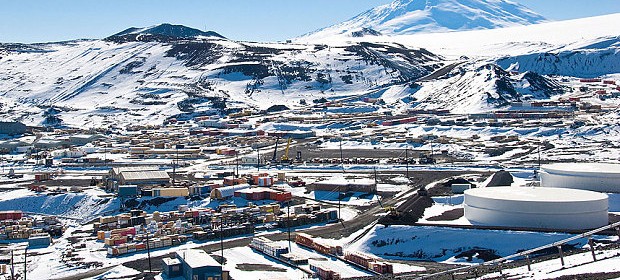Pyramids Spotted In Antarctica – Real or Hoax?
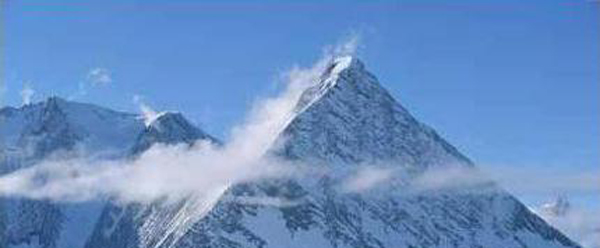
After an adventurous expedition a group of explorers have reportedly discovered several strange man-made ancient pyramids in Antarctica. For those who don’t already know, “when life first came onto the land, Antarctica was one of the continental landmasses to be covered in forests and animals. Much of the fossil record of the Antarctic landmass is under the ice, but fossils, […]
Read more
